Home>Storage Ideas>Kitchen Storage>How To Organize A Kitchen Without Bins: 5 Expert Tips
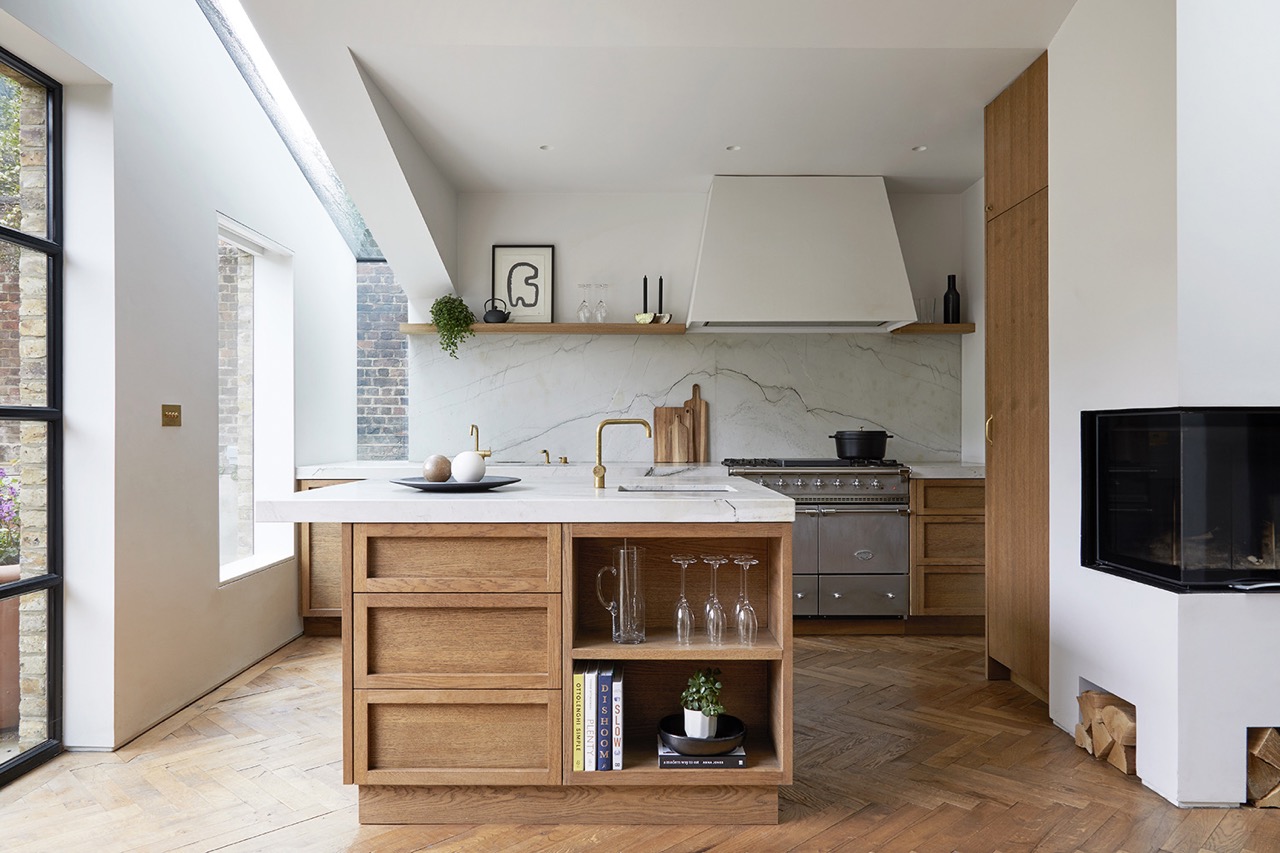

Kitchen Storage
How To Organize A Kitchen Without Bins: 5 Expert Tips
Modified: March 3, 2024
Learn how to organize your kitchen without relying on bins with these 5 expert tips. Discover creative kitchen storage ideas to maximize space and efficiency.
(Many of the links in this article redirect to a specific reviewed product. Your purchase of these products through affiliate links helps to generate commission for Storables.com, at no extra cost. Learn more)
Introduction
The kitchen is often the heart of the home, a place where delicious meals are prepared and cherished memories are made. However, maintaining an organized and clutter-free kitchen can be quite a challenge. One common issue that many homeowners face is finding effective storage solutions for kitchen items without relying heavily on traditional bins. If you’re seeking alternative ways to organize your kitchen, you’re in luck! In this article, we’ll provide you with expert tips on how to maximize space and create an organized kitchen without bins. So let’s dive in!
Having a well-organized kitchen has numerous benefits. Not only does it improve the functionality and efficiency of your cooking space, but it also helps reduce the stress and frustration of searching for items when you need them. By implementing these expert tips, you can create a kitchen that is not only visually appealing but also functional and practical.
In the following sections, we will explore five expert tips that will help you transform your kitchen storage without relying on bins. These tips include maximizing cabinet space, utilizing drawer dividers, hanging utensils and tools, using clear containers and labels, and implementing vertical storage solutions. By incorporating these techniques, you can effectively organize your kitchen and make the most of the available space.
Whether you have a small kitchen with limited storage or a larger space that needs better organization, these tips are applicable to kitchens of all sizes. So, let’s get started and learn how to create a well-organized kitchen without bins!
Key Takeaways:
- Maximize cabinet space with vertical dividers, adjustable shelves, door organizers, stackable containers, and labels for an organized and efficient kitchen storage solution.
- Utilize drawer dividers, hang utensils and tools, use clear containers and labels, and implement vertical storage solutions to create a clutter-free and visually appealing kitchen space.
Read also: 5 Best Refrigerator Bin for 2024
Tip 1: Maximize Cabinet Space
Having well-organized cabinets is essential for creating an efficient kitchen storage system. By maximizing the available cabinet space, you can ensure that every item has its designated spot, making it easier to find what you need when you need it. Here are some expert tips to help you make the most of your cabinet space:
1. Use vertical dividers: Vertical dividers are a great way to separate and organize items within your cabinets. They can be used to create dedicated sections for cutting boards, baking sheets, and even pots and pans. By keeping similar items grouped together, you can easily locate and access them without hassle.
2. Install adjustable shelves: Adjustable shelves are a game-changer when it comes to maximizing cabinet space. By installing shelves that can be moved up or down, you can customize the height according to the items you need to store. This allows you to utilize the vertical space efficiently and accommodate items of varying sizes.
3. Utilize door organizers: The inside of your cabinet doors is often underutilized space. Consider installing door organizers or racks to hold spices, lids, or even small kitchen gadgets. This not only frees up valuable shelf space but also keeps frequently used items within arm’s reach.
4. Invest in stackable containers: Stackable containers are perfect for storing dry goods such as cereal, pasta, or snacks. They help save space by neatly organizing items and ensuring they are stored efficiently. Plus, since they are stackable, they make use of the vertical space in your cabinets effectively.
5. Label everything: Labeling is an essential part of maximizing cabinet space. By labeling shelves, containers, and sections within your cabinets, you can easily locate items and maintain an organized system. Consider using clear labels or even a label maker for a neat and uniform look.
By implementing these tips, you can transform your cabinets into a well-organized and functional storage area. Not only will you be able to make efficient use of the available space, but you will also save time and effort when searching for items. Remember, the key is to create designated areas for specific items and ensure everything has its rightful place. So go ahead and revamp your cabinets to create a clutter-free and organized kitchen!
Tip 2: Utilize Drawer Dividers
Drawers are a crucial part of kitchen organization, as they provide convenient storage for utensils, gadgets, and other kitchen essentials. However, without proper organization, drawers can quickly become cluttered and chaotic. That’s where drawer dividers come in. Here are some expert tips on how to utilize drawer dividers effectively for a well-organized kitchen:
1. Sort and declutter: Before utilizing drawer dividers, take the time to sort through your utensils and kitchen gadgets. Discard any items that are broken, unused, or no longer needed. By decluttering your drawer content, you’ll create more space for the essentials and make organization much easier.
2. Choose the right dividers: When selecting drawer dividers, opt for ones that fit your drawer dimensions and are adjustable. Adjustable dividers allow you to customize the compartments according to the size of your utensils and gadgets, ensuring a perfect fit and maximizing the use of space.
3. Organize by categories: Divide your drawer into sections based on categories such as cooking utensils, baking tools, or serving spoons. Assign a specific compartment for each category using the dividers. This organization method helps you find the items you need quickly and prevents them from getting jumbled together.
4. Consider deep drawer dividers: Deep drawers are ideal for storing larger and bulkier items such as pots, pans, or cutting boards. Utilize deep drawer dividers to create separate sections for these items, preventing them from sliding around and creating a mess. This also helps to optimize the available space and keeps everything in order.
5. Include dividers for small items: Don’t forget about smaller items such as measuring spoons, wine openers, or cooking timers. To keep them organized and easily accessible, consider using smaller dividers or even small containers within a larger drawer. This prevents these items from getting lost among the larger utensils.
6. Label the compartments: Labels are an excellent way to maintain organization and clarity within your drawers. Use adhesive labels or markers to label each compartment, indicating the type of utensils or gadgets to be stored there. This simple step ensures that everything stays in its designated place, making it easy to locate items when needed.
By utilizing drawer dividers effectively, you can create a well-organized kitchen where every item has its designated spot. Not only does this make it easier to find what you need, but it also helps maintain a clutter-free space. So go ahead and give your drawers a makeover by implementing these expert tips. Your future self will thank you every time you reach for that perfectly organized utensil!
Tip 3: Hang Utensils and Tools
When it comes to efficient and space-saving kitchen organization, utilizing vertical storage is key. Hanging utensils and tools is a fantastic way to free up drawer and counter space while keeping essential items within easy reach. Here are some expert tips on how to effectively hang utensils and tools in your kitchen:
1. Choose the right hanging system: There are several options available for hanging utensils and tools in your kitchen. You can opt for a magnetic strip, a pegboard, hooks, or a wall-mounted rack. Consider your kitchen layout and personal preference to determine the best hanging system for your needs.
2. Group similar items: Before hanging your utensils and tools, group similar items together. For example, keep all the cooking utensils together, baking tools in one place, and frequently used items within easy reach. This organization method ensures that everything is readily accessible, saving you time and effort.
3. Hang items near their point of use: When deciding where to hang your utensils and tools, consider their point of use in the kitchen. Hang cooking utensils near the stove, baking tools near the oven, and knives near the countertop or cutting area. This placement makes it convenient to grab the items you need while cooking or preparing meals.
4. Ensure proper spacing: When hanging items, be mindful of the spacing between each utensil or tool. Leave enough space between them to prevent overcrowding and tangling. This allows for easy retrieval and prevents any potential damage or accidents when reaching for a specific item.
5. Utilize hooks and racks: Hooks and racks are incredibly versatile for hanging utensils and tools. Install hooks on your walls or the inside of cabinets to hang items such as spatulas, ladles, whisks, and measuring cups. Wall-mounted racks provide a larger space to hang pots, pans, and larger utensils.
6. Consider the aesthetics: Hanging utensils and tools can also serve as decorative elements in your kitchen. Choose hooks or racks that complement your kitchen’s style and color scheme. This not only adds visual appeal but also showcases your utensils and tools as part of the kitchen decor.
By hanging utensils and tools, you not only free up valuable drawer and counter space but also create a visually appealing and functional storage solution. You’ll have easy access to your essential kitchen items, and your workspace will remain clutter-free. So, take advantage of vertical storage options and transform your kitchen into an organized and efficient space by implementing these expert tips.
Use drawer dividers to separate and organize utensils, gadgets, and small items in your kitchen. This will help maximize space and keep everything easily accessible.
Tip 4: Use Clear Containers and Labels
Clear containers and labels are two powerful tools in creating a well-organized kitchen. By using clear containers, you can easily see what’s inside, eliminating the need to dig through multiple containers to find what you need. Labels further enhance organization by providing clarity and ensuring that everything is returned to its proper place. Here are some expert tips on how to effectively use clear containers and labels in your kitchen:
1. Choose the right containers: When selecting clear containers, opt for ones that are stackable and of appropriate sizes for your pantry or cabinets. Stackable containers help maximize vertical space and create a uniform and visually pleasing appearance. Consider using different sizes to accommodate various types of food items or kitchen supplies.
2. Sort and categorize: Before transferring items to clear containers, sort and categorize them. Group similar food items together, such as grains, pasta, or snacks, and kitchen supplies like baking essentials or coffee accessories. This step makes it easier to determine the appropriate container size and helps ensure efficient organization.
3. Transfer items to clear containers: Pour contents from original packaging into clear containers, ensuring proper sealing to maintain freshness. Store items such as rice, cereals, and flour in clear airtight containers to keep them protected and easily visible. For smaller pantry items or spices, consider using clear glass jars with labels for a neat and uniform look.
4. Label everything: Labels are essential for maintaining an organized kitchen. Invest in a label maker or use adhesive labels to clearly mark the contents of each container. This makes it easy to identify specific items and prevents confusion or mix-ups, saving you time and effort when preparing meals.
5. Label expiration dates: In addition to labeling the contents, consider labeling the expiration dates on perishable items like spices or canned goods. This proactive approach helps you keep track of food freshness and ensures that you use items before they expire, reducing food waste.
6. Arrange containers in an organized manner: Once everything is transferred to clear containers and labeled, arrange them in a systematic and organized manner. Group similar containers together on shelves or in the pantry, keeping frequently used items at eye level for easy access. This creates a visually pleasing and functional storage system.
By using clear containers and labels, you can easily see and access the contents of your pantry or cabinets, making meal preparation a breeze. Moreover, having a uniform and organized appearance creates a sense of calm and efficiency in your kitchen. So, declutter your cabinets and pantry by implementing these expert tips, and say goodbye to searching through piles of packaging to find what you need.
Tip 5: Implement Vertical Storage Solutions
Vertical storage is a game-changer when it comes to maximizing space and organizing your kitchen efficiently. By utilizing the vertical space available to you, you can increase storage capacity and keep your kitchen clutter-free. Here are some expert tips on how to implement vertical storage solutions in your kitchen:
1. Install wall-mounted shelves: Wall-mounted shelves are a fantastic way to utilize vertical space in your kitchen. Install shelves on empty walls or above countertops to store items such as cookbooks, decorative plates, or even small appliances. This not only adds storage but also adds visual interest to your kitchen.
2. Use hanging baskets or wire racks: Hanging baskets or wire racks are versatile vertical storage solutions. Hang them from the ceiling or under cabinets to hold fruits, vegetables, or small kitchen tools. This frees up counter space while keeping frequently used items within easy reach.
3. Utilize the space above cabinets: The space above your kitchen cabinets is often wasted. Make the most of it by placing decorative baskets, extra kitchen supplies, or even plants. This vertical storage solution adds a touch of elegance to your kitchen while providing additional storage options.
4. Invest in a pot rack: Hanging pots and pans can not only save cupboard space but also add a stylish element to your kitchen. Install a pot rack on a wall or ceiling and hang your cookware for easy access. This vertical storage solution keeps pots and pans organized, preventing scratches or damage.
5. Consider a pegboard: A pegboard is a versatile and customizable vertical storage solution. Mount it on a wall and add hooks or pegs to hang kitchen utensils, cutting boards, or even small pots and pans. You can easily rearrange the pegs to accommodate different items and keep your kitchen essentials easily accessible.
6. Install a magnetic strip: A magnetic strip is a great way to store knives or other metal kitchen tools. Install it on a wall or inside a cabinet door and attach your knives with magnetic strips or knife holders. This vertical storage option keeps your knives organized, saves drawer space, and ensures easy access while cooking.
By implementing these vertical storage solutions, you can effectively utilize unused space in your kitchen and create a more organized and functional space. Not only will you have more storage options, but you will also keep your kitchen essentials within reach, saving you time and effort. So, take advantage of the vertical space in your kitchen and transform it into a well-organized and efficient area with these expert tips.
Conclusion
Organizing your kitchen without relying heavily on traditional bins is not only practical but also allows for a more visually appealing and efficient space. By implementing the expert tips provided in this article, you can transform your kitchen into a well-organized and clutter-free haven. Let’s recap the key tips:
– Maximize cabinet space by using vertical dividers, adjustable shelves, door organizers, stackable containers, and labels. This allows for efficient use of space and easy access to items.
– Utilize drawer dividers to keep utensils and tools neatly organized. Sort and categorize items, choose the right dividers, and label compartments for a functional and streamlined drawer space.
– Hang utensils and tools to free up drawer and counter space while keeping frequently used items within reach. Choose the right hanging system, group similar items together, and ensure proper spacing for an organized and stylish storage solution.
– Use clear containers and labels to create visibility and maintain clarity in your pantry and cabinets. Choose stackable containers, transfer items to clear containers, label everything including expiration dates, and arrange containers in an organized manner.
– Implement vertical storage solutions such as wall-mounted shelves, hanging baskets or wire racks, space above cabinets, pot racks, pegboards, and magnetic strips. These solutions maximize space, keep items accessible, and add visual interest to your kitchen.
By incorporating these expert tips into your kitchen organization routine, you can create a functional, efficient, and visually pleasing space. Enjoy the benefits of easy access to your kitchen essentials, reduced clutter, and more efficient meal preparation. So go ahead and revamp your kitchen storage without bins. Your kitchen will thank you!
Frequently Asked Questions about How To Organize A Kitchen Without Bins: 5 Expert Tips
Was this page helpful?
At Storables.com, we guarantee accurate and reliable information. Our content, validated by Expert Board Contributors, is crafted following stringent Editorial Policies. We're committed to providing you with well-researched, expert-backed insights for all your informational needs.
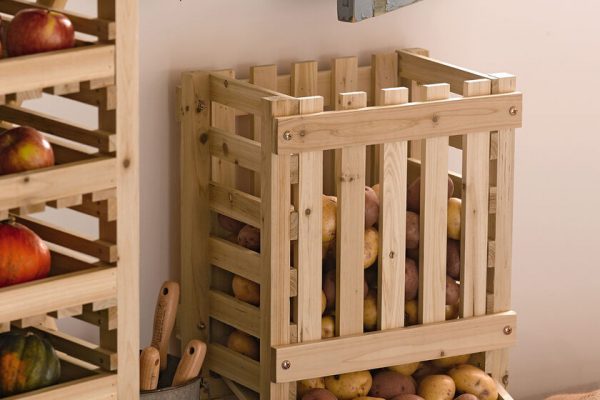
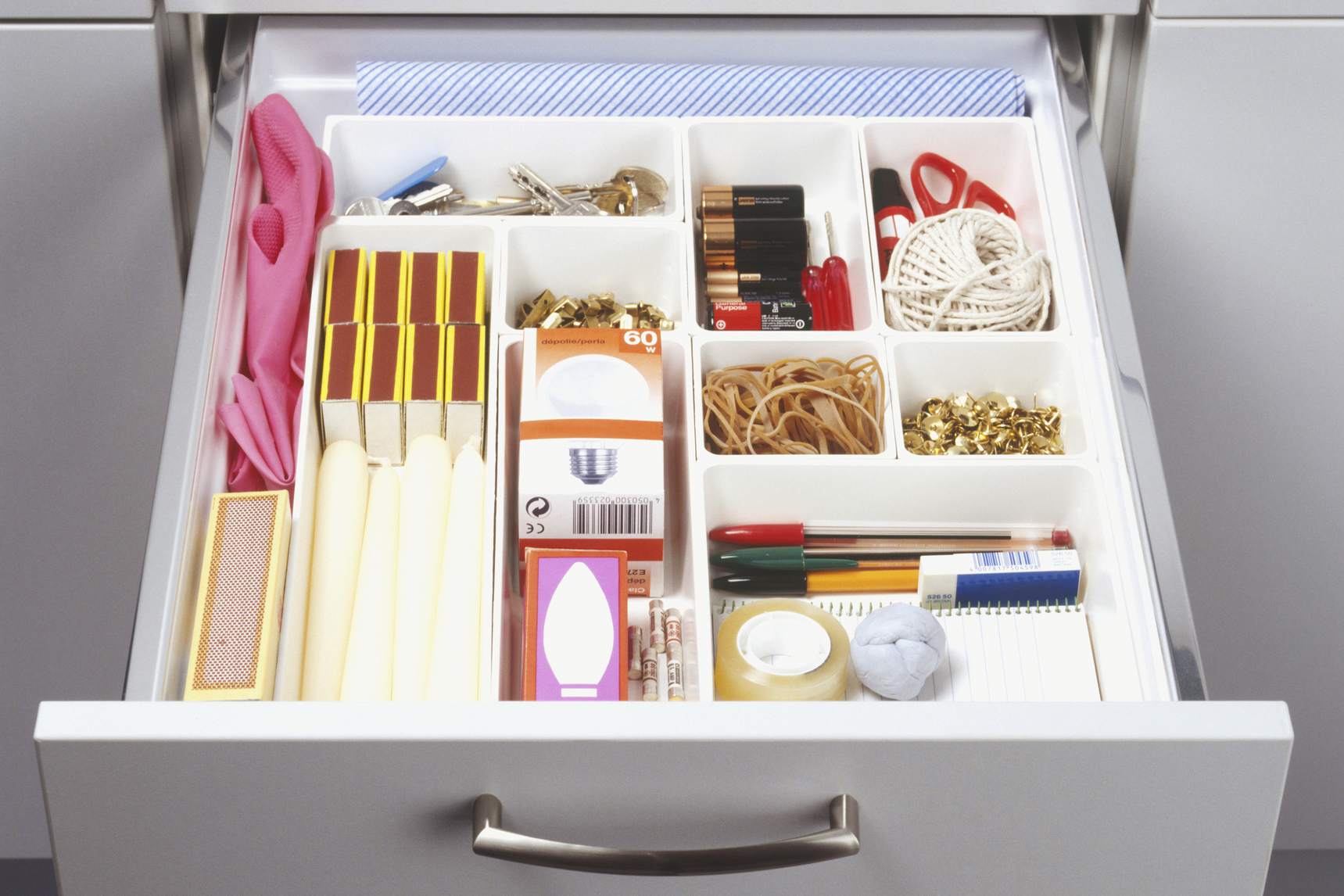
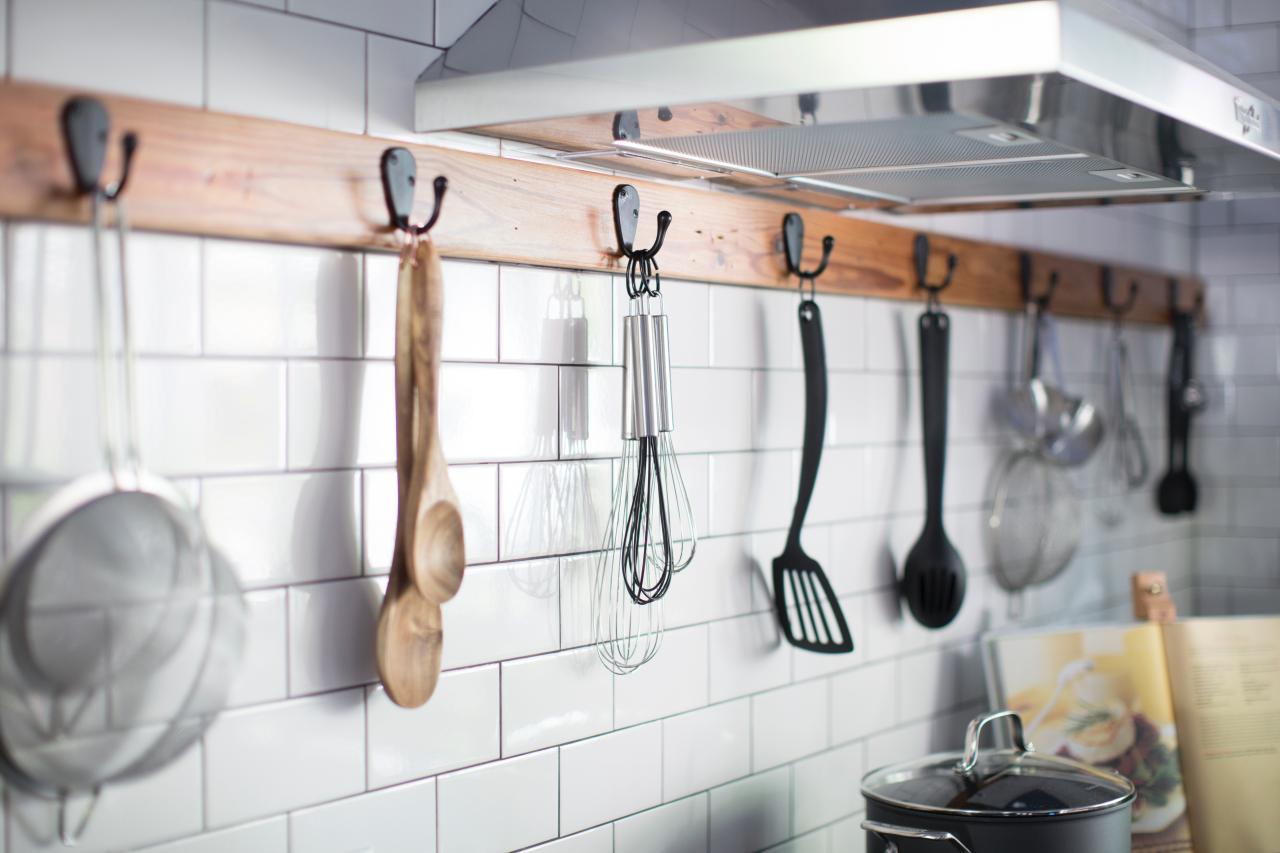
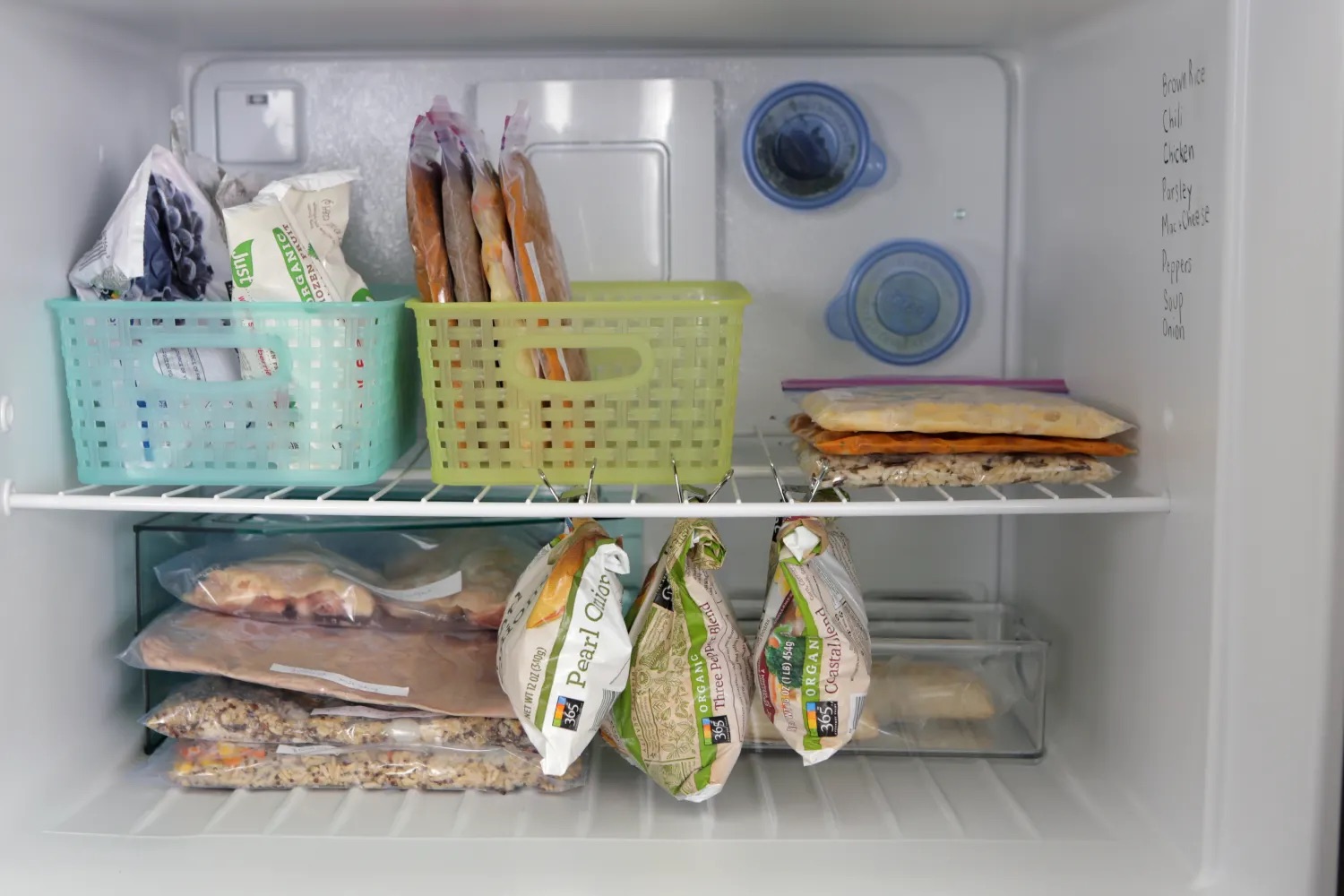
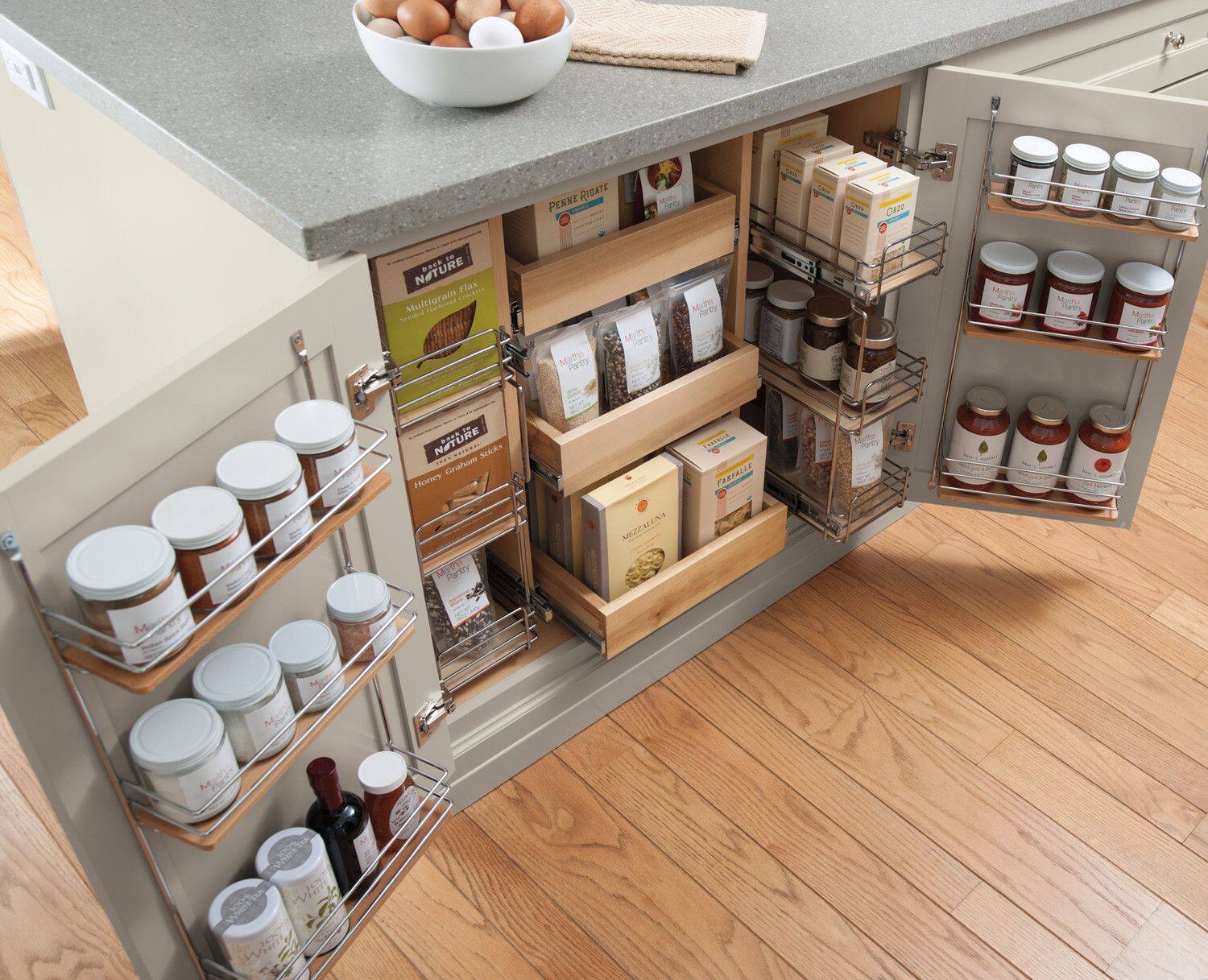
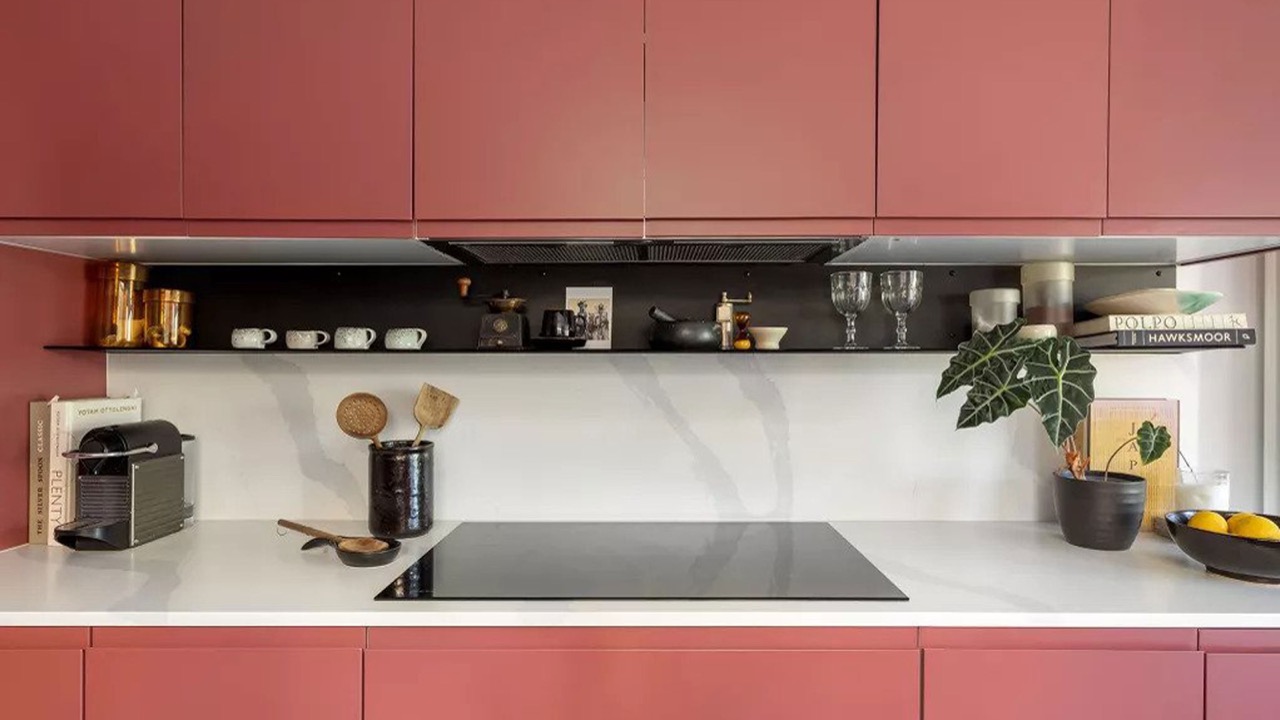
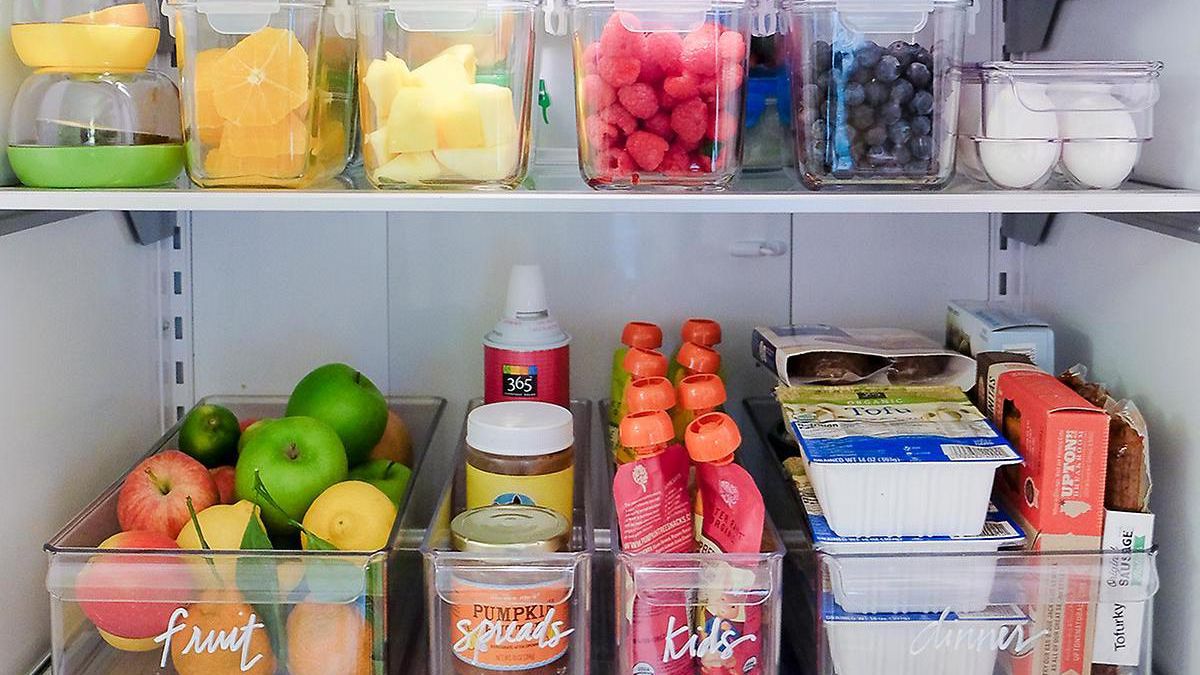
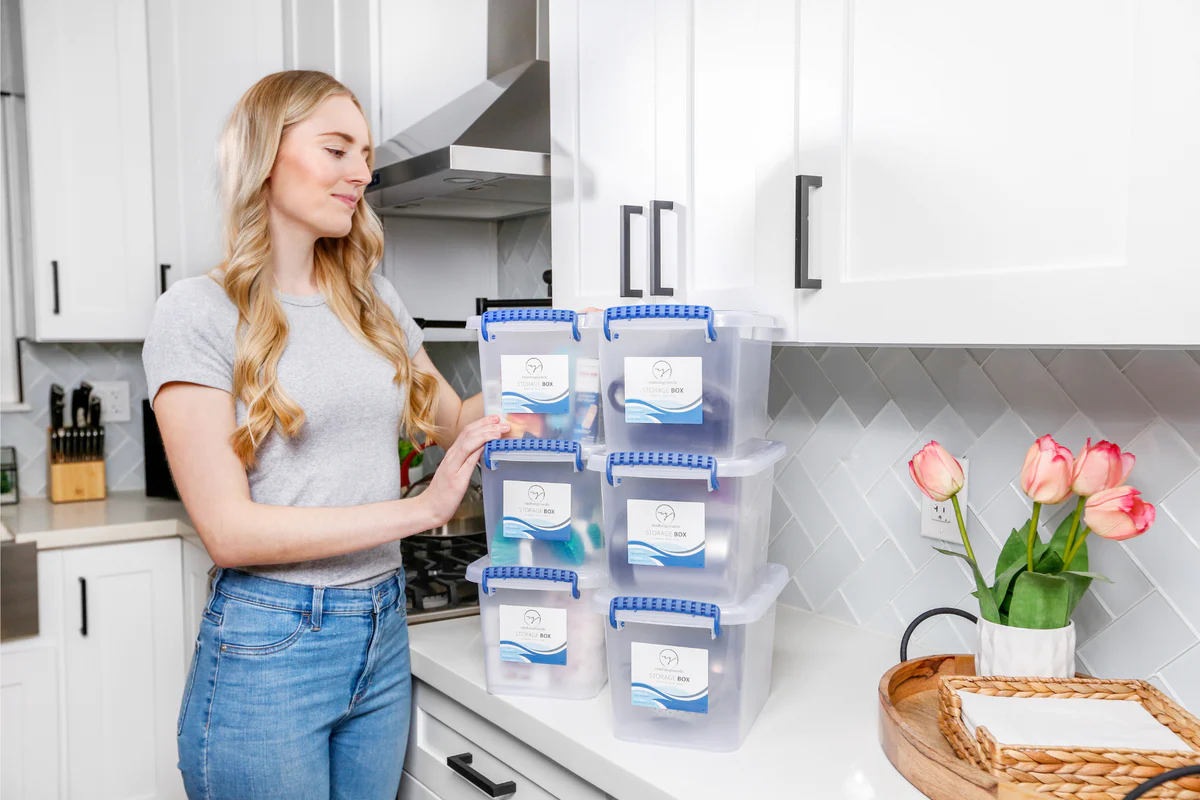
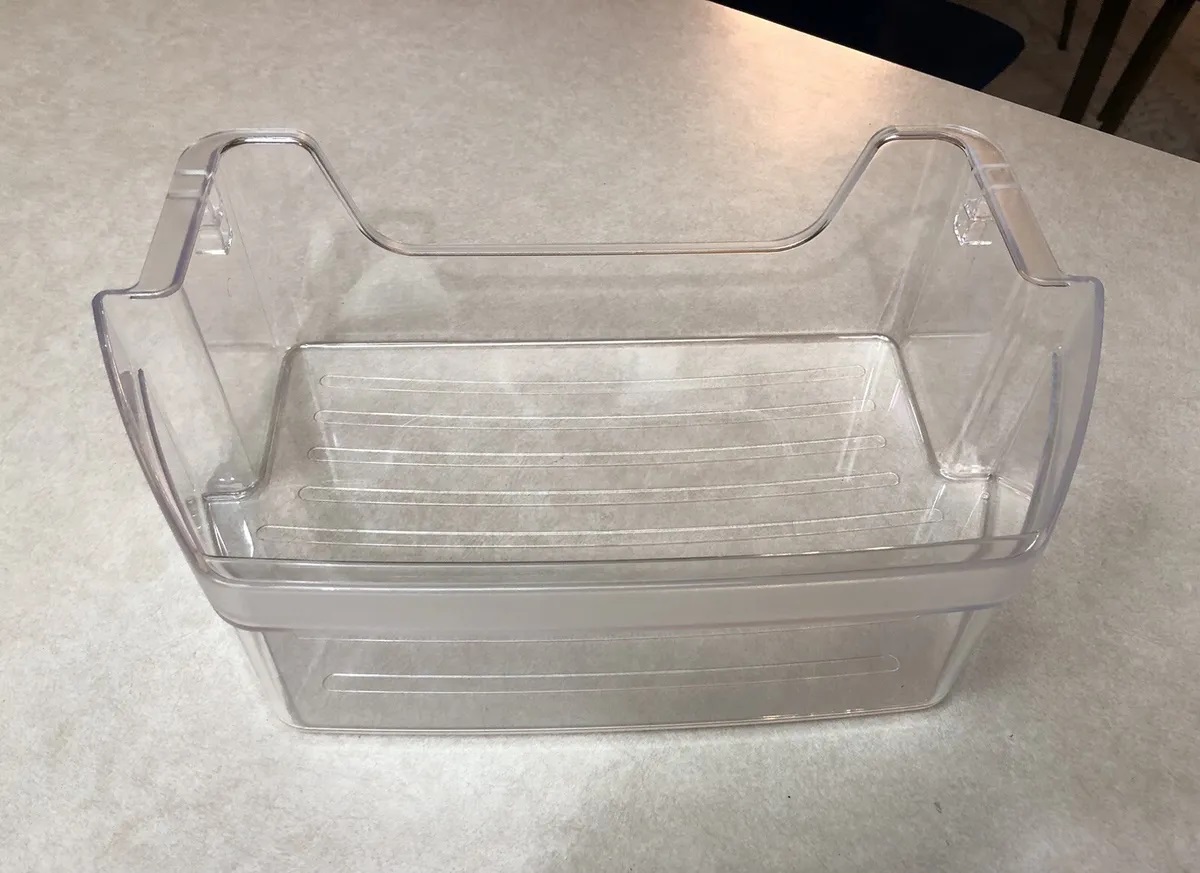
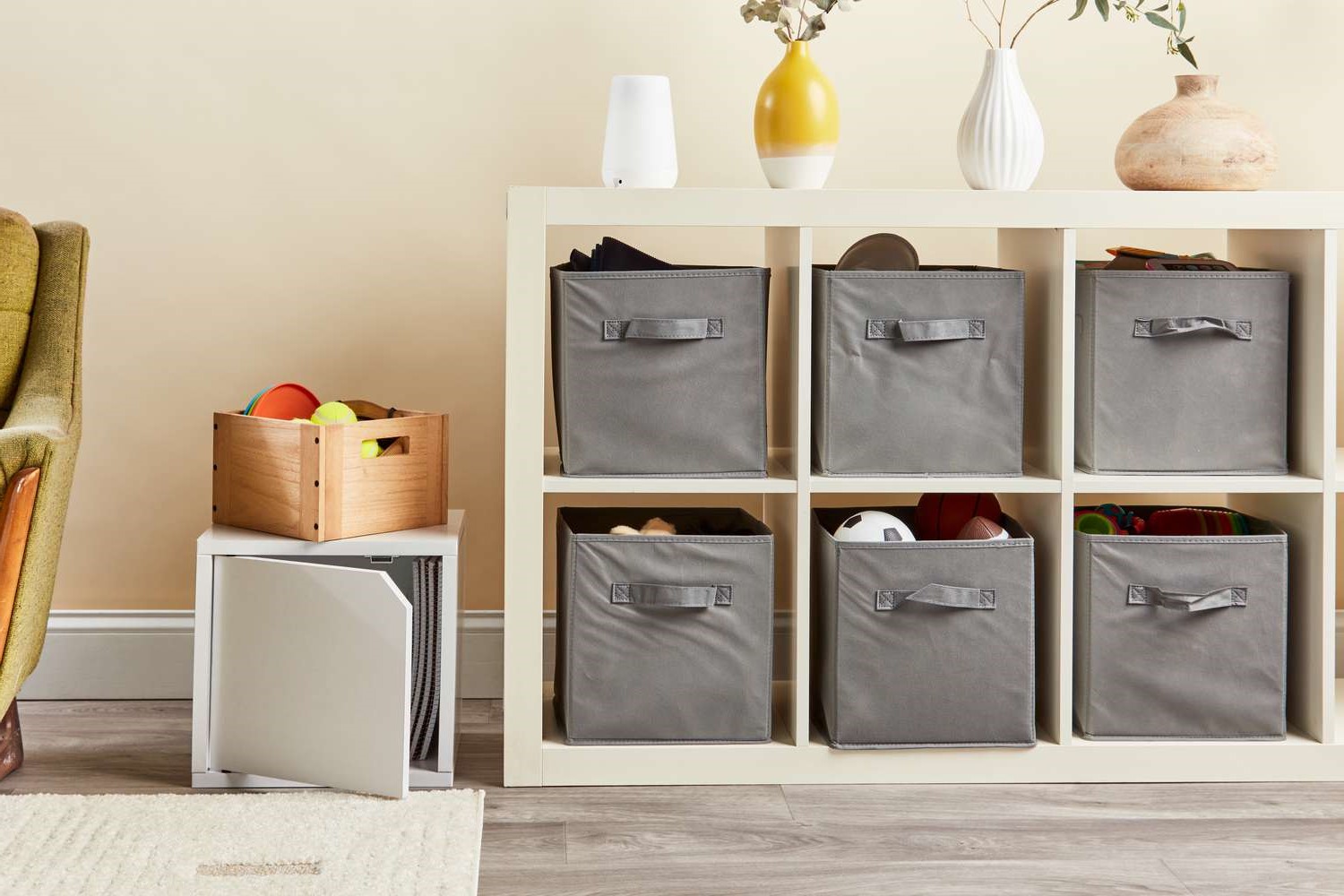
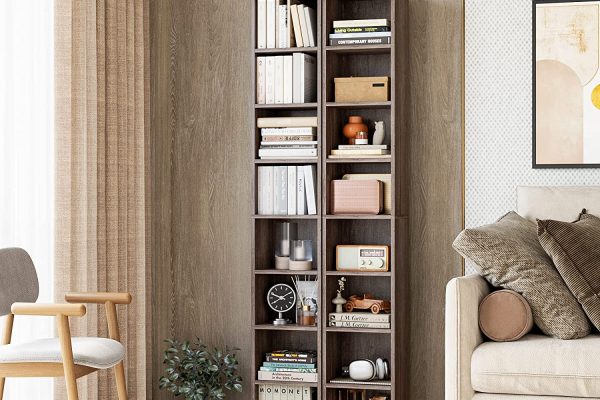
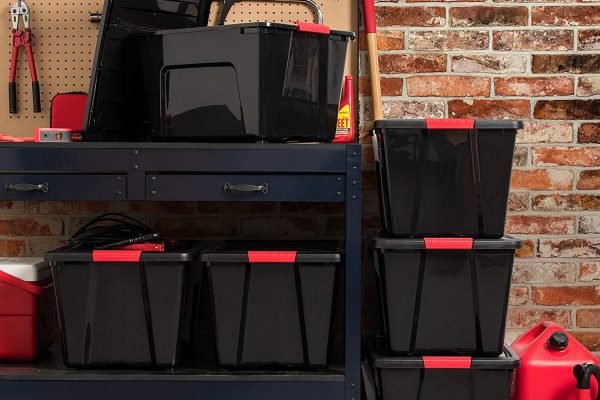
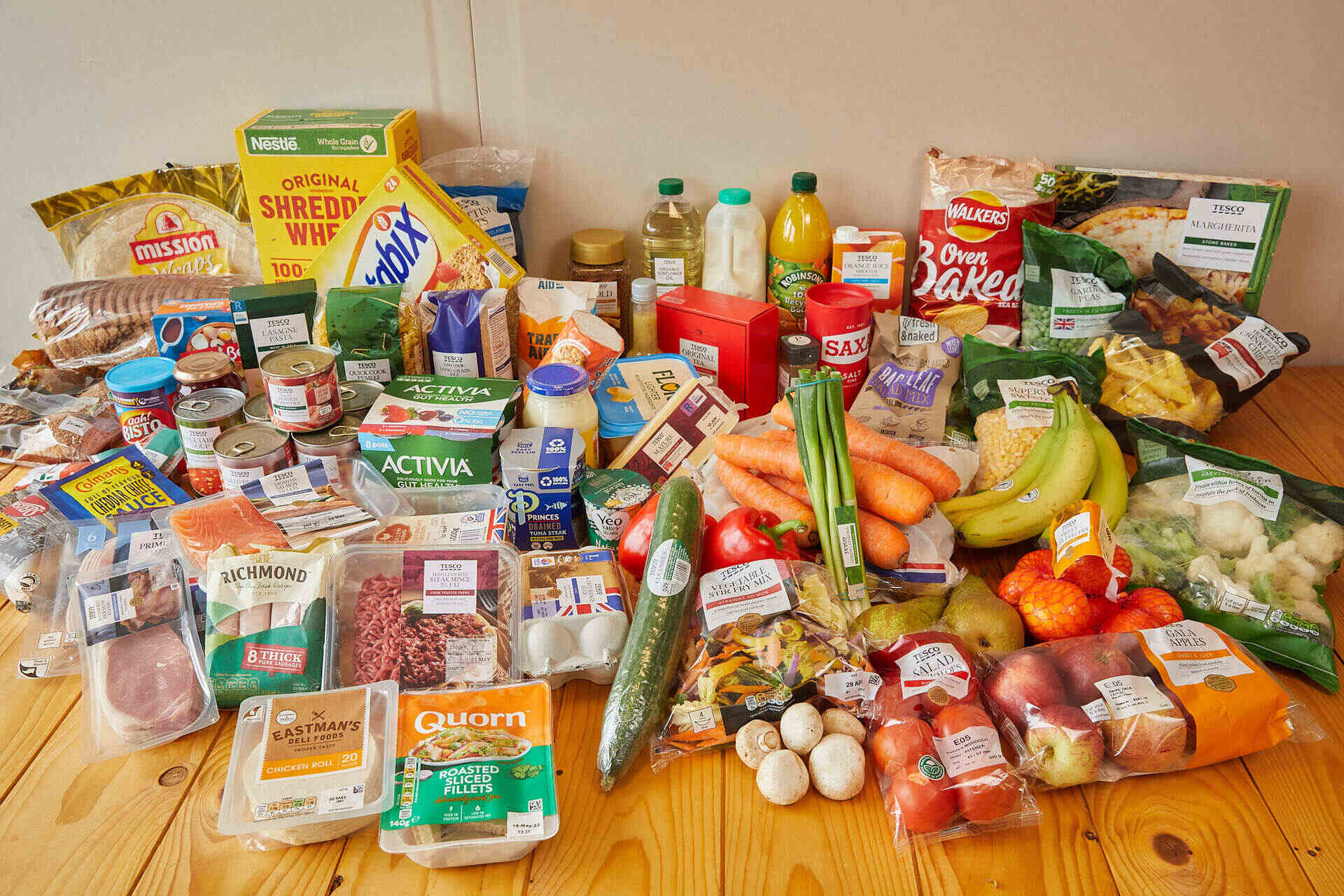
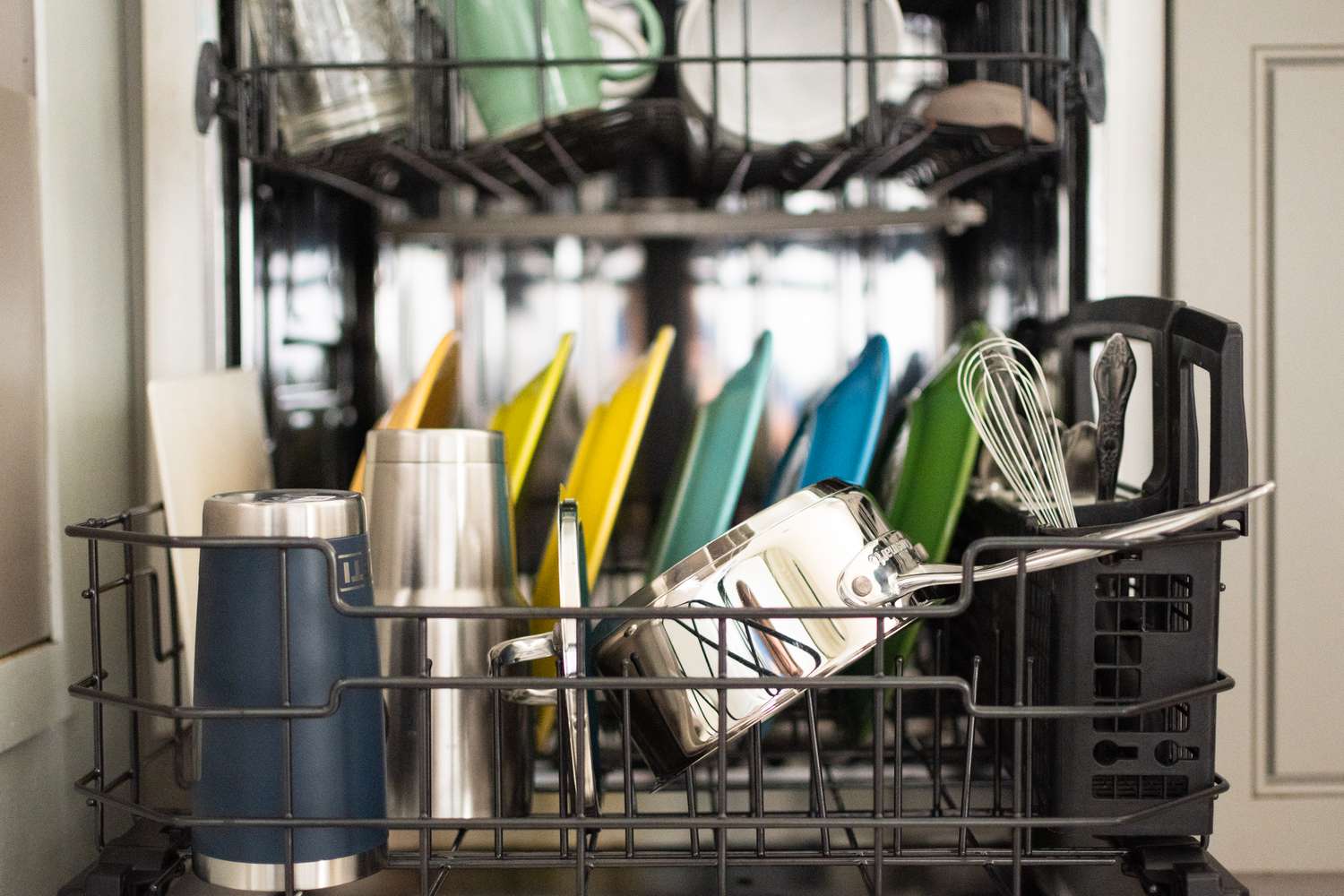

0 thoughts on “How To Organize A Kitchen Without Bins: 5 Expert Tips”